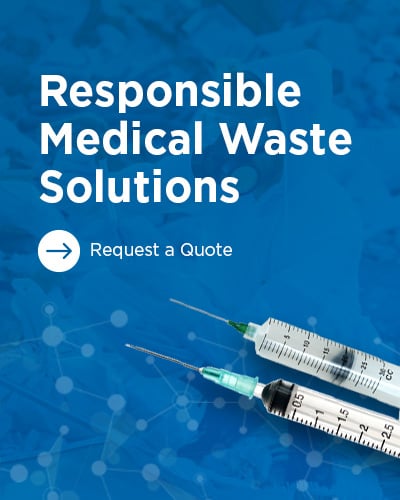GLP-1 medications have become a regular part of life for many people managing diabetes or pursuing weight loss. But as travel becomes more frequent, whether for business or vacation, so does the need to navigate injectable medication on the go.
If you’ve ever wondered whether you can travel with your GLP-1, or how to properly dispose of sharps while away from home, the good news is: yes, you can travel safely and legally. But it requires a little planning. Here’s what you need to know.
TSA Allows Injectable Medications—With a Few Conditions
According to the Transportation Security Administration (TSA), passengers are allowed to bring injectable medications, such as GLP-1s, in both carry-on and checked bags. Syringes and injection pens are permitted as long as they’re accompanied by the medication they’re intended for.
Here are the best practices recommended by TSA:
- Keep all medications in their original, clearly labeled packaging.
- Pack your GLP-1s and related supplies in a separate, easily accessible medical bag.
- Let the TSA agent know that you’re carrying injectable medication. This isn’t required, but it can smooth the screening process.
It’s also important to note that used syringes must be transported in a proper sharps container, not loose in a bag or wrapped in tissue.
Use a Travel-Sized Sharps Container
Proper disposal of used pens or needles is not only a safety issue, it is also a legal one. Many states and countries prohibit discarding used sharps in the trash or recycling bins, even in hotel rooms or public spaces.
The FDA recommends using a small, travel-sized sharps container that is leak-proof, puncture-resistant, and sealable.
PureWay’s 1.4-quart compact sharps container is designed specifically for portability. It meets travel safety standards and fits easily in carry-ons or backpacks. It also comes with a prepaid return label, so you can send it back when you return home or when it’s full.
Keep Your GLP-1 Medication at the Right Temperature
Most GLP-1 medications should be kept refrigerated until use, though many are stable at room temperature for a limited time. To protect the integrity of your medication:
- Use a medical-grade cooler or insulated medication pouch.
- Pack gel ice packs (not liquid, which may be restricted by TSA).
- Avoid leaving your medication in a hot car or checked baggage, where temperatures can fluctuate dramatically.
Bring Documentation—Just in Case
While it’s not legally required, carrying a doctor’s note or a copy of your prescription can be helpful, especially when traveling internationally or through stricter airports. This documentation can provide context if you’re ever questioned about the contents of your bag.
It’s also wise to bring enough medication to cover your trip, plus extra in case of delays, and to research how to refill your prescription at your destination if needed.
Conclusion
With a little preparation, traveling with your GLP-1 doesn’t have to be complicated. By following TSA and FDA guidelines, using a reliable travel-sized sharps container like PureWay’s 1.4-quart system, and planning ahead for temperature control and disposal, you can stay on track with your treatment while staying present on your journey.
Sources:
- TSA. “Used Syringes.” https://www.tsa.gov/travel/security-screening/whatcanibring/items/used-syringes
- FDA. “Safely Using Sharps (Needles and Syringes) at Home, at Work and on Travel.” https://www.fda.gov/medical-devices/consumer-products/safely-using-sharps-needles-and-syringes-home-work-and-travel
- Get Shapely. “How to Travel with GLP-1 Medications: An Expert’s Guide.” https://www.getshapely.com/shapely-blog/how-to-travel-with-glp-1-medications-an-experts-guide






